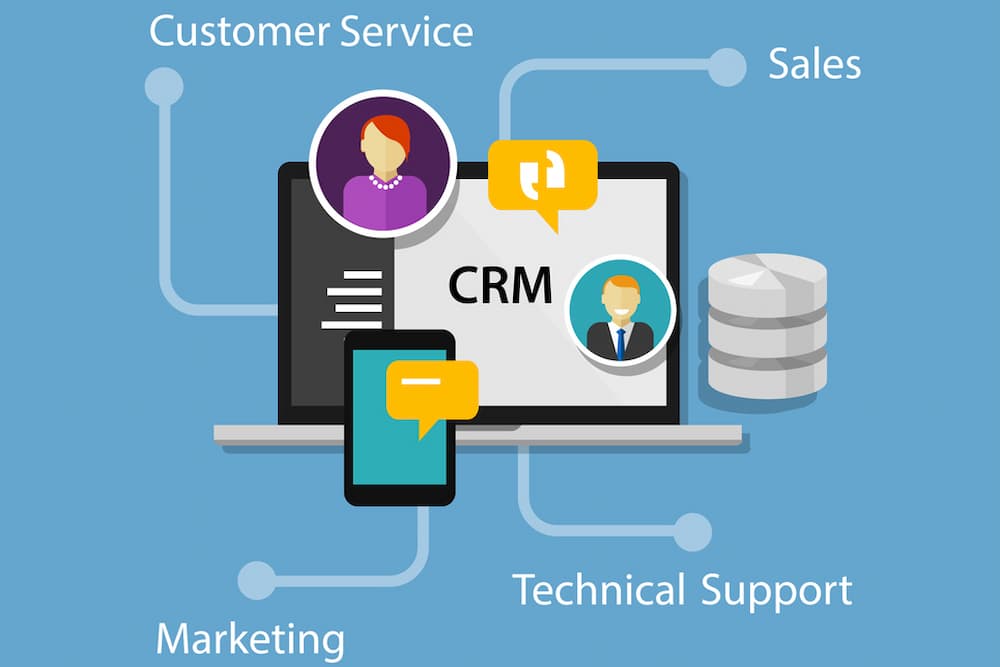In today’s competitive digital marketplace, customer relationship management (CRM) systems are vital tools that help businesses manage leads, close sales, and nurture long-term relationships. With so many options available, understanding the customer relationship management comparison landscape is crucial for making informed decisions.
In this guide, we’ll walk you through the types of CRMs, comparison criteria, leading platforms, and key factors to help you find the ideal system for your business.
✅ What Are the 4 Types of Customer Relationship Management?
Understanding the different types of CRMs helps businesses align solutions with their goals:
- Operational CRM – Streamlines business processes, including sales, marketing, and service automation.
- Analytical CRM – Focuses on analyzing customer data and behavior to improve decision-making.
- Collaborative CRM – Enhances interdepartmental communication to provide unified customer experiences.
- Strategic CRM – Prioritizes long-term customer engagement by integrating customer feedback and loyalty programs.
🔍 How to Compare CRMs?
When conducting a CRM comparison, consider the following criteria:
1. Functionality & Features
- Lead management
- Sales pipeline tracking
- Marketing automation
- Customer support tools
- Customization options
2. Ease of Use
- User-friendly interface
- Mobile accessibility
- Integration with existing tools
3. Pricing Structure
- Subscription tiers
- Hidden costs (add-ons, integrations)
- Free trial availability
4. Scalability
- Suitable for small, medium, and enterprise-level businesses
5. Support & Training
- Onboarding services
- Technical support availability
- Knowledge base or community forum
🏆 What Are the Top 5 CRM Systems?
Here’s a brief comparison of the top CRM systems in 2025:
| CRM Platform | Best For | Key Features | Starting Price |
|---|---|---|---|
| Salesforce | Enterprise-level CRM | Advanced automation, deep analytics | $25/user/month |
| HubSpot | Small to mid-size business | Free CRM, marketing & sales automation | Free (paid plans available) |
| Zoho CRM | Budget-friendly CRM | AI-powered features, multichannel support | $14/user/month |
| Pipedrive | Sales-focused teams | Visual sales pipeline, simple UI | $21/user/month |
| Microsoft Dynamics 365 | Large businesses | Integrated with Office 365, AI insights | $65/user/month |
🧠 What Are the 4 C’s of Customer Relationship Management?
The 4 C’s of CRM represent critical customer-focused principles:
- Customer Value – Understanding what customers truly need.
- Cost to Customer – Offering cost-effective solutions, not just low prices.
- Convenience – Ensuring smooth buying and service processes.
- Communication – Maintaining meaningful, two-way interactions.
🥇 Which Company Has the Best CRM?
The answer depends on your business size and goals:
- Salesforce is widely regarded as the best enterprise CRM.
- HubSpot shines for small businesses with its free tier and intuitive interface.
- Zoho CRM offers a balance of features and affordability.
Each company leads in different areas of the CRM comparison, so the “best” depends on your specific needs.
❓ What Is the Difference Between CEM and CRM?
- CRM (Customer Relationship Management) focuses on managing customer data and automating internal processes to improve relationships.
- CEM (Customer Experience Management) emphasizes optimizing every customer interaction to improve satisfaction and loyalty.
In simple terms, CRM manages the relationship, while CEM enhances the experience.
Conclusion
Performing a thoughtful customer relationship management comparison helps businesses avoid costly mistakes and select platforms aligned with their unique goals. Whether you’re a startup or a global enterprise, there’s a CRM tailored to your needs.










